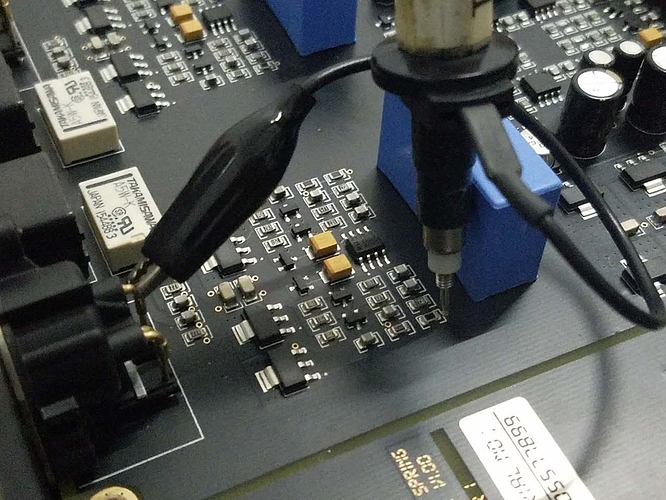RustyGates
100+ Head-Fier
Whether or not pre/post ringing is audible or to what extent is heavily debated and to be honest there simply hasn't been enough study on it to make a determination I don't think.
There's lots of stuff which 'shouldn't' make a difference but does. Hell Rob Watts himself will tell you there is absolutely no reason that the M-Scaler should improve soundstage. But it does, to a considerable degree.
I agree that an ideal sinc-filter is the on-paper best way to do oversampling, hence why I usually use HQPlayer. But I disagree that it's always the best sounding option. NOS vs OS just sound different to me.
But this is a different issue (an interesting one though!), and probably best to start a new thread on it.
My previous post was just meant to address the implication that the stepping was somehow due to the DAC itself. Which it is not.
In Sinc Interpolation the pre/post ringing of each sample is actually super positioned over a time window to create the interpolated data points at any time t. The ringing is completely cancelled out.
Dirac impulses and square waves (sharp rise i.e. from 0 to 100 in only two or so samples) on the other hand don't occur at all in music as @rtk31 said.

I assume the Holo May has an analogue filter at the output which is a train of notch filters each tuned to one of the common sample rates of 44.1 or 48Khz & all multiples of those rates through to 1.536 MHz, with a high Q factor. This would suppress the aliasing frequency @ whatever sample rate is being played, but there is still some aliasing to the sine wave as you can see on the Stereophile measurements, then there is the wobbly "ESS" hump like IMD measurement by Wolf on ASR with the APx555. The Holo May seems to sound great (haven't heard it), so in terms of audibility, well implemented OS vs well implemented NOS is a bit of a grey area or non-issue (maybe NOS still sounds great due to these aliasing & IMD components being such low level / inaudible). But in terms of what is more technically correct, that would be filtering in the digital domain, because you just can't get that brick-wall like response from an analogue filter.

Last edited:
































